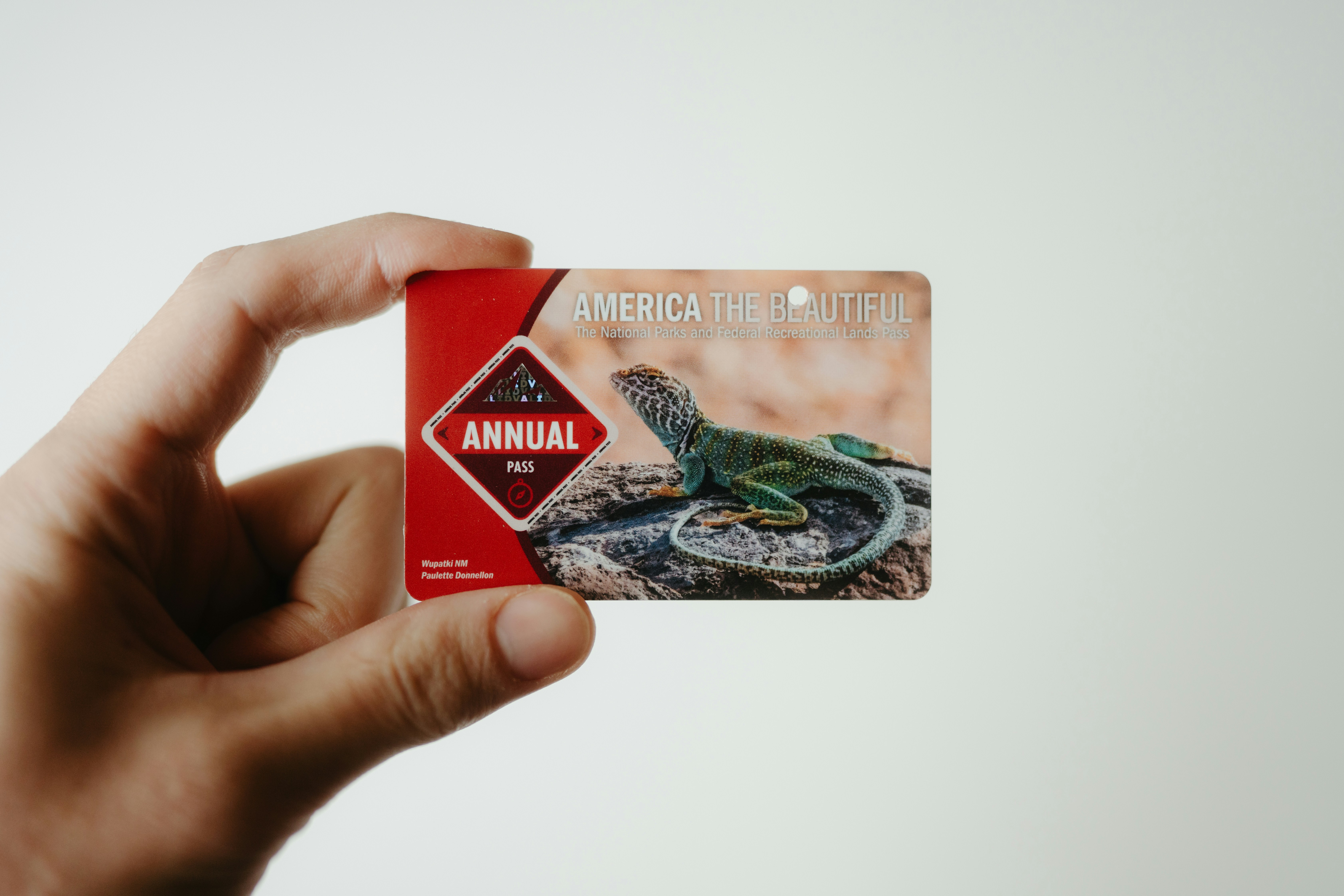Designing Systems People Want to Be Part Of
This new loyalty doesn’t just happen. It’s designed.
Designing for a movement requires a different set of tools — and a different mindset. It’s not about locking people in. It’s about inviting them in. And that invitation must be clear, compelling, and culturally relevant.
The strongest modern systems embrace open-source storytelling. Patagonia publishes its audits. Nike publishes its sustainability dashboards. These aren’t press releases — they’re cultural artifacts that build trust.
They create spaces, not stages. Discords, Slacks, live chats, pop-ups — not gated events, but porous ones where the brand is a moderator, not a monarch.
They reward impact, not spend. Digital badges, community shoutouts, or opportunities to lead and teach — these build more durable engagement than any point multiplier.
They celebrate the audience. Let your biggest believers speak for you. Think customer testimonials, fan art, grassroots organizing, or ambassador programs that actually empower.
Watson has seen this in action across sectors. With the San Francisco 49ers, loyalty shifted from subscriptions to storytelling. Fans weren’t just buying access — they were participating in a legacy. With Kaiser Permanente, the internal brand moved away from service language and into wellness as a collective journey. Health became a shared cause, not a transactional service.
These aren’t abstract ideals. They’re designable systems. And they’re what audiences are asking for — often with their wallets and always with their hearts.
Are You a Brand — Or a Movement?
We’ll leave you with this provocation: Would someone tattoo your logo?
That’s not a vanity question. It’s a relevance check.
Because the brands that are thriving — across B2B, B2C, and mission-led sectors — aren’t just selling. They’re stirring something. They’re showing people who they could be. They’re creating space for stories, identities, and actions to gather around a shared fire.
If you’re still using points, perks, and gated newsletters to measure belonging, it may be time to ask tougher questions.
Where are we gatekeeping when we could be inviting?
Are we rewarding spend — or celebrating meaning?
Is our audience a database — or a community of builders?
Membership still matters. But it only works if it’s built on movement — on shared purpose, cultural participation, and emotional relevance.
So here’s your challenge. Go beyond the card. Ditch the tiers. Build the table.
Design your brand not for acquisition — but for shared action.
Let people not just follow, but shape the story.
And if you’re ready to reimagine your identity as a living movement — not a static message — explore Watson’s macrotrend hub on cultural strategy. Ask yourself the only question that really matters:
Are we a brand, or are we a movement?
→ https://watsoncreative.com/trendwatching-fuels-innovation/









